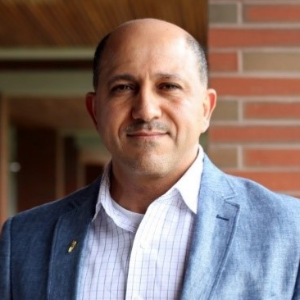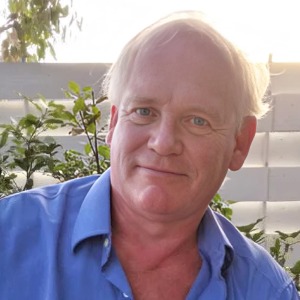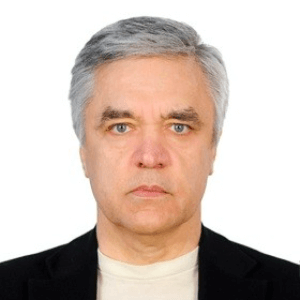Nanoscience and Materials Chemistry
Chemical substances or materials that are made and used on a very small scale are known as nanomaterials. Nanomaterials are created to have unique properties compared to materials that do not have nanoscale features, such as greater strength, chemical reactivity, or conductivity. Nanoparticles exist in nature and can be made from a range of materials, including carbon or minerals like silver, although nanomaterials must have at least one dimension of fewer than 100 nanometres by definition. The majority of nanoscale materials are too small to be seen with the naked eye or even with standard lab microscopes. Built nanomaterials (ENMs) are materials that have been engineered to such a small scale that they can take on unique optical, magnetic, electrical, and other properties. These emergent features have the potential to have huge implications in fields such as electronics, medicine, and others.
The application of chemistry in the design and synthesis of materials having intriguing or potentially valuable physical properties, such as magnetic, optical, structural, or catalytic capabilities, is known as materials chemistry. It also entails the characterisation, processing, and understanding of these chemicals at the molecular level. Materials chemistry research crosses the boundaries of traditional chemical sub-disciplines, bringing together organic, inorganic, polymer, physical, biological, and analytical chemistry.
- Biomaterials
- Composites
- Degradation and Reliability
- Electronic, Magnetic and Semiconductor Materials
- Energy Materials
- Engineering and Functional Ceramics
- Green Materials
- Low D Materials
- Metallurgy
- Modelling of Materials
- Nanomaterials
- Optoelectronic Materials
- Specialty Polymers
- Surface Modification and Coatings
- Sustainable Materials

Hossam A Gabbar
Ontario Tech University, Canada
Victor John Law
University College Dublin, Ireland
Alexander Bagaturyants
National Research Nuclear University MEPhI, Russian Federation
Sergey Suchkov
N.D. Zelinskii Institute for Organic Chemistry of the Russian Academy of Sciences, Russian Federation
Shree Niwas Chaturvedi
Centre for Aptitude Analysis and Talent Search, India
Pieter Samyn
SIRRIS, Belgium




Title : Advances in plasma-based radioactive waste treatment
Hossam A Gabbar, Ontario Tech University, Canada
Title : Unraveling the ultrastructure and functions of the neuronal membrane skeleton using super-resolution fluorescence microscopy
Zhou Ruobo, Djillali Liabes University of Sidi Bel Abbes, Algeria
Title : Solar box cooker dehydration, and relative humidity endpoint detection, of lamiaceae culinary leaves on the island of Crete
Victor John Law, University College Dublin, Ireland
Title : Nutrient and heavy metal loads from the Ribeiras to Coastal zones: A land-ocean continuum perspective in Madeira Island
Aracelis Del Carmen Narayan Rajnauth, University of Porto, Portugal
Title : Prospective polyoxometalate-based covalent organic framework heterogeneous catalysts
Arash Ebrahimi, Comenius University Bratislava, Slovenia
Title : Eliminating implant failure in humans with nano chemistry: 30,000 cases and counting
Thomas J Webster, Brown University, United States